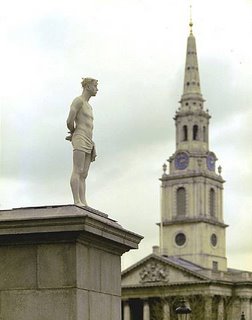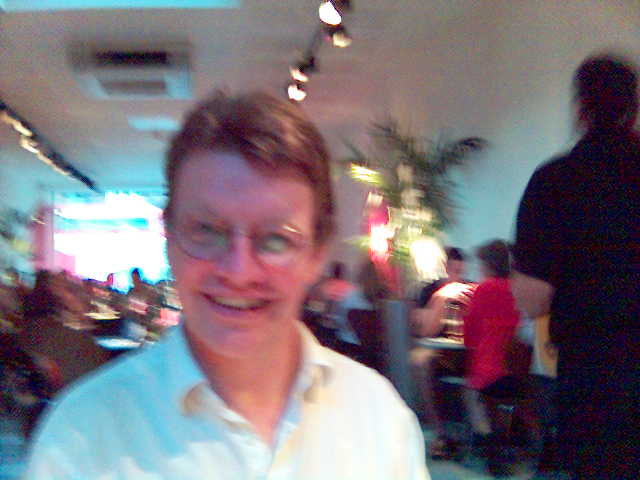 See: Change faith versus politics standoff, says Christian think tank (Ekklesia, 04/07/06), which is based around the launch of the new book Faith and Politics After Christendom - officially published on Saturday 1 July at Selly Oak in Birmingham, with a conference coordinated by the Anabaptist Network. Speakers included Jonathan Bartley, myself, Stuart Murray and Andrew Bradstock of CSM. Alan Storkey was stuck in the Netherlands, sadly. There is a notice about the book in The Economist already, I'm told. I also did a BBC interview in Scotland and another in West Midlands.
See: Change faith versus politics standoff, says Christian think tank (Ekklesia, 04/07/06), which is based around the launch of the new book Faith and Politics After Christendom - officially published on Saturday 1 July at Selly Oak in Birmingham, with a conference coordinated by the Anabaptist Network. Speakers included Jonathan Bartley, myself, Stuart Murray and Andrew Bradstock of CSM. Alan Storkey was stuck in the Netherlands, sadly. There is a notice about the book in The Economist already, I'm told. I also did a BBC interview in Scotland and another in West Midlands.Pleasing that we have avoided London (the imperial capital) so far... though not for long. The next leg of the launch is at the Westminster Forum on 13 July 2006. Less pleasing was the lack of gender balance on the platform n Birmingham - not usually an issue for AN, but something that raises interesting questions about who engages with "this sort of thing", and why. Christendom is, of course, thoroughly patriarchal. The move away from it cannot and should not be... but epochal transitions are rarely uncomplicated or logical.
For more information about ‘post-Christendom’ see Postchristendom.com and After Christendom - The Series. For new perspectives on religion and is relation to politics see God and the Politicians and Subverting the Manifestos on Ekklesia. And, I guess, my own Does Christianity kill or cure? and Keeping the wrong kind of religion out of politics.
Of course, 'faith' and 'religion' are, in reality, inchoate concepts which are used far too broadly to make much sense. Which is part of the reason why media debate about 'religion' is so stuck between warring factions who are not able to question the linear assumptions of their standoff. But that's part of the next wave of the discussion. In the meantime, we will be launching a policy-shift document on 'redeeming religion in the public sphere' as a practical follow up.
Oh, yes... The picture captures the brief appearance of Mark Wallinger's subversively simple Ecce Homo statue in Trafalgar Square. The church it faces (in an askance kind of way) is St Martin's-in-the-Field, a rather good example of transforming part of the Christendom legacy while embodying and emblemising it. The encounter between Jesus, whose sheer humanity takes us to the heart of God-beyond-'gods', and a building whose architectural freezing of divinity has become a service point for humanity, constitutes a visual parable with multiple meanings and no easy 'resolution'. Just as it should be.
Comment on this post: FaithInSociety

No comments:
Post a Comment